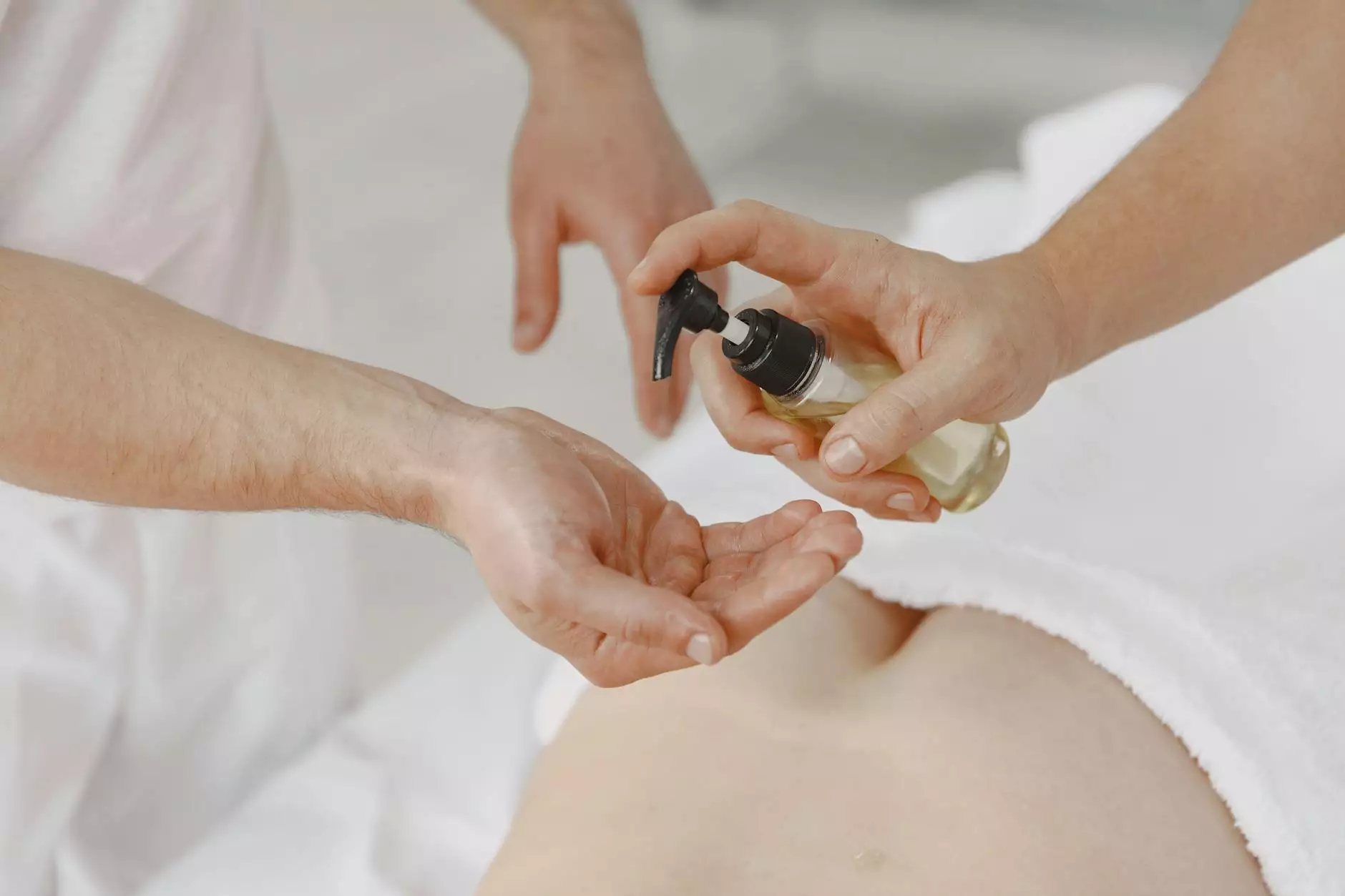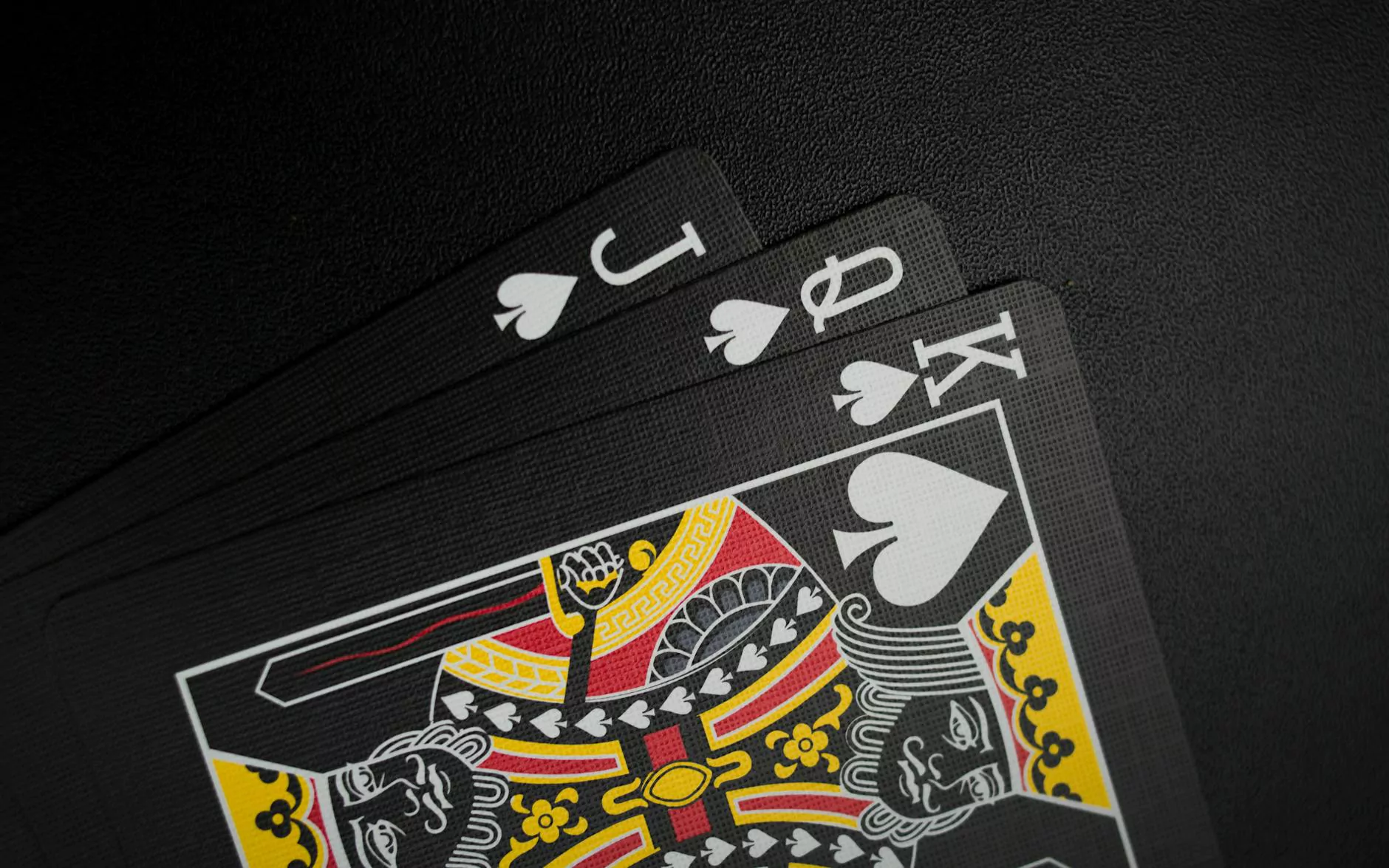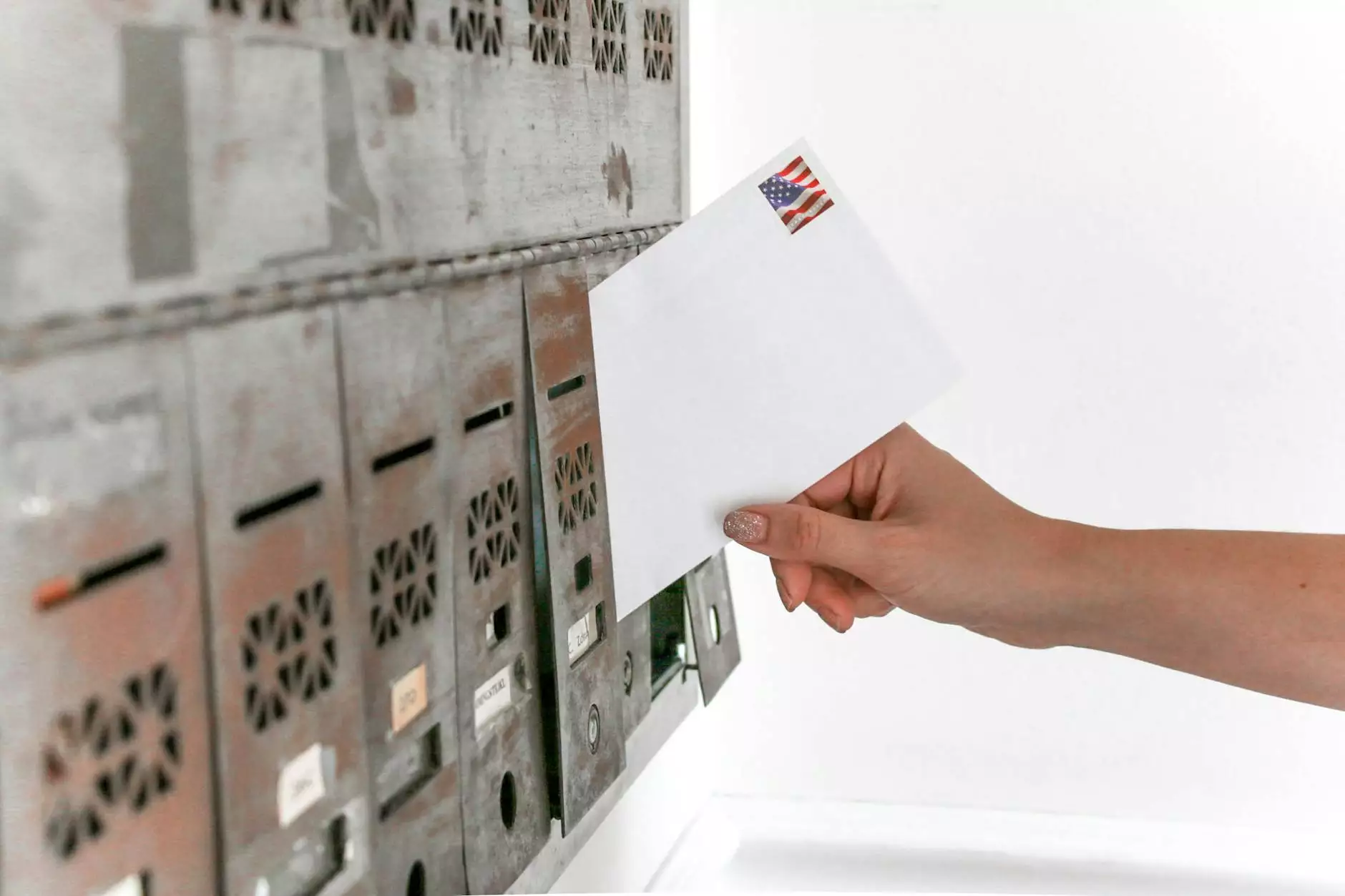Understanding Excessive Palm Sweating: Causes and Treatments

Excessive palm sweating, also known as palmar hyperhidrosis, is a condition that affects millions of people worldwide. It is characterized by uncontrollable sweating of the palms, which can cause discomfort, embarrassment, and hinder daily activities such as writing, typing, or shaking hands. In this article, we will explore the causes, implications, and effective treatments available for this condition, empowering you to take control of your health and well-being.
What Causes Excessive Palm Sweating?
Palmar hyperhidrosis is primarily attributed to an overactive sympathetic nervous system. This can result from various factors including:
- Genetics: A family history of excessive sweating often increases the likelihood of developing hyperhidrosis.
- Emotional Stress: Anxiety, nervousness, or emotional distress can trigger sweaty palms as the body responds to stress.
- Hormonal Changes: Changes in hormone levels, especially during puberty, menopause, or certain health conditions, can lead to excessive sweating.
Understanding these triggers is crucial for effective management and treatment of the condition.
The Impact of Excessive Palm Sweating on Everyday Life
Living with palmar hyperhidrosis can significantly impact a person's life. Many individuals report challenges such as:
- Social Anxiety: Fear of embarrassment during social interactions can lead to withdrawal and isolation.
- Impaired Work Performance: Difficulty with tasks that require a firm grip or use of paper can hinder professional growth.
- Reduced Self-Esteem: Constantly worrying about sweat can affect confidence levels and self-image.
Recognizing these effects underscores the importance of seeking appropriate treatments.
Available Treatments for Excessive Palm Sweating
There are several treatment options available for managing excessive palm sweating, which vary in effectiveness based on the severity of the condition and individual preferences. Below are some commonly sought-after treatments:
1. Antiperspirants
Over-the-counter and prescription-strength antiperspirants containing aluminum chloride are often the first line of defense. These products work by blocking the sweat glands.
2. Oral Medications
Medications such as anticholinergics may help reduce overall sweating. They work by inhibiting the chemical signals that stimulate sweat production. However, possible side effects include dry mouth and blurred vision.
3. Iontophoresis
Iontophoresis is a non-invasive treatment that involves immersing the palms in water while a mild electrical current is applied. This treatment disrupts the sweat glands and can reduce sweating frequency. Sessions are typically repeated weekly or bi-weekly.
4. Botulinum Toxin Injections
Botox injections are effective for treating excessive palm sweating. By blocking nerve signals that trigger sweating, patients often experience significant relief for several months, and the treatment can be repeated as necessary.
5. Microwave Therapy
This innovative treatment uses microwave energy to destroy sweat glands in the palms. It is a minimally invasive option that can provide permanent results, but may come with risks such as burning and swelling.
6. Surgical Options
In severe cases where other treatments fail, surgical options such as sympathectomy may be considered. This procedure involves cutting the nerves responsible for sweating. While it can provide long-lasting relief, it carries significant risks and potential side effects, including compensatory sweating in other areas.
Choosing the Right Treatment for You
With numerous options available, choosing the right excessive palm sweating treatment can be overwhelming. It is essential to consult with a medical professional who specializes in hyperhidrosis to discuss your symptoms, medical history, and treatment options. Here are some tips for making an informed decision:
- Evaluate Symptoms: Consider the severity of your sweating and how it impacts your daily life.
- Discuss Options: Talk openly with your doctor about the benefits and risks of each treatment.
- Consider Lifestyle: Think about how each treatment will fit into your lifestyle, including potential downtime and maintenance.
Integrating Treatment Into Daily Life
Aside from medical treatments, lifestyle adjustments can also contribute to managing symptoms of excessive palm sweating. Consider the following:
- Avoid Triggers: Identify and avoid known triggers such as caffeine, spicy foods, and stressful situations.
- Practice Stress Management: Techniques such as meditation, yoga, and deep-breathing exercises can help alleviate stress-induced sweating.
- Stay Hydrated: Drinking plenty of water can help regulate body temperature and reduce sweating.
Conclusion
Excessive palm sweating is a manageable condition that can be treated through various effective methods. From non-invasive treatments like iontophoresis to surgical interventions, individuals have several options to help regain control over their lives. By understanding the underlying causes, seeking professional advice, and exploring all treatment avenues, you can significantly improve your quality of life.
For more information and to consult with a specialist, visit neumarksurgery.com, where comprehensive care and dedicated support await.









